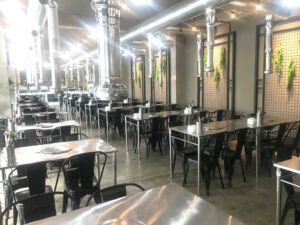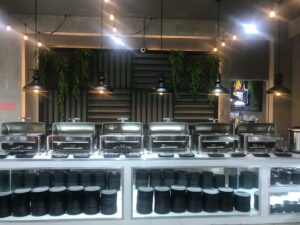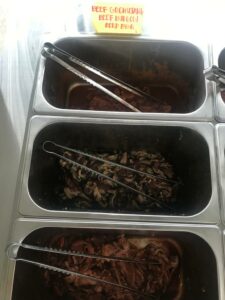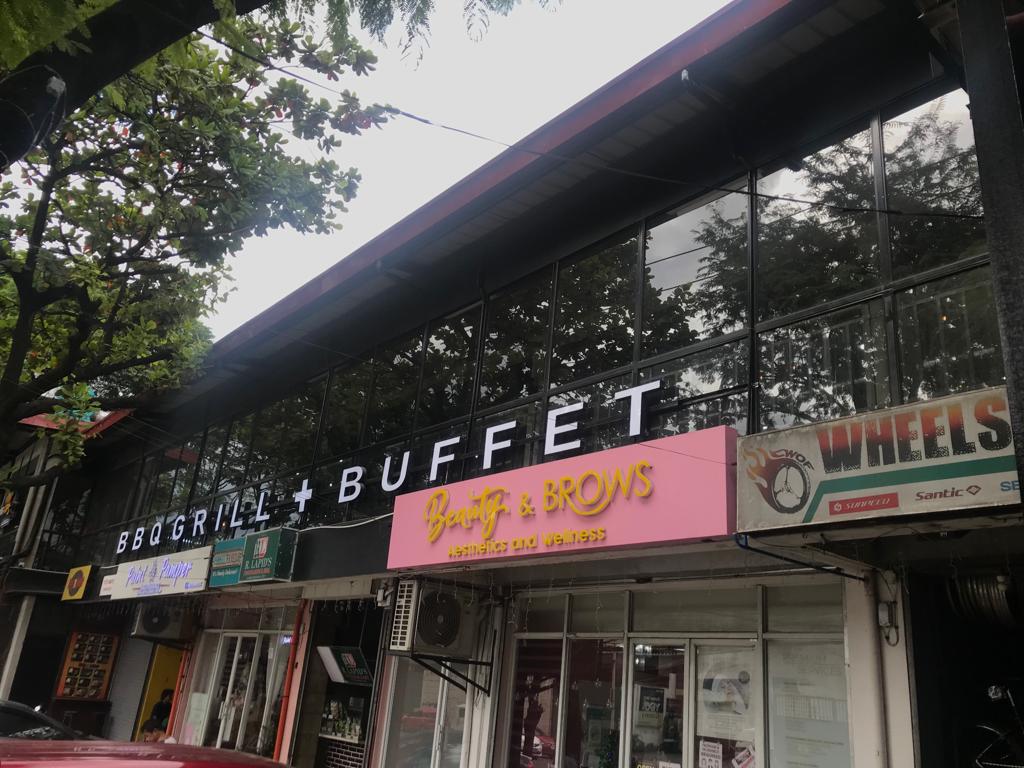The gastronomic landscape is a living testament to the interconnectedness of cultures. One such example is the evolution of the Philippine style samgyupsal, a culinary phenomenon that has found its way from the streets of Korea to becoming a cherished dining experience in the Philippines. This article explores the roots of samgyupsal, its cultural significance in Korea, the migration of its trend to the Philippines, and the unique characteristics that define the Philippine style of enjoying this savory delight.

What is the Origin of Sampgyupsal or Pork Belly Grill in Korean Culture?
In the yesteryears of Korean society, particularly during the 1970s and 80s, samgyupsal or pork belly grill wasn’t merely a dish; it was a tradition, a symbol of familial celebration. Families shared this succulent dish during momentous occasions, from birthdays and graduations to weddings and promotions. In those times, samgyupsal was more than a meal; it was a ritual that strengthened family bonds and brought good fortune. However, as times changed, so did the perception of this humble dish. In the modern era, it has become associated with less affluent circumstances and is often consumed in the context of social drinking.

How Did the Sampgyupsal Trend Migrated to the Philippines?
As the world became more interconnected, the Korean trend of samgyupsal smoothly transcended its borders and found a new home in the Philippines. Korean expatriates, students, and migrants played a pivotal role in introducing this cultural and culinary experience to Filipino shores. The initial adoption was fueled by a longing for a taste of home, and soon, Korean restaurants started incorporating samgyupsal into their menus. The cultural exchange was further intensified by the portrayal of samgyupsal in Korean dramas, showcasing not just the dish but also the communal experience associated with it.
The unique way of enjoying samgyupsal is an experience in itself. It’s not merely about devouring a delicious meal; it’s a process that involves cooking, waiting, assembling, and savoring each bite. The act of eating samgyupsal is a social event, requiring time for conversation and relaxation. The introduction of this trend in the Philippines has brought forth a fusion of cultures, where Filipinos have embraced the communal aspect of samgyupsal dining.
What is the Philippine Style of Samgyupsal or Pork Belly Grill?
There are a lot of differences you will find when comparing the Korean Samgyupsal style and the Philippine Samgyupsal style due to the fact that the culture and culinary knowledge is different.

Couples or Families Eat Together:
Unlike its Korean counterpart, the Philippine style of samgyupsal is not limited to gatherings of friends or colleagues. Couples and families often indulge in this savory experience together, turning it into a shared moment of enjoyment.
Not Focused on Drinking:
While drinking is a significant part of Korean samgyupsal culture, in the Philippines, the emphasis is more on the dining experience itself rather than the accompanying alcoholic beverages.

Not Much Korean Side Dishes:
The traditional array of Korean side dishes may not be as prevalent in the Philippine version of samgyupsal. The focus is more on the main dish and the experience of grilling and assembling.

Not Authentic:
The Philippine style samgyupsal may not always adhere strictly to Korean culinary traditions. Local adaptations and interpretations have given rise to a unique blend that caters to Filipino tastes.


Options Abound:
The Philippines offers various samgyupsal experiences, from unlimited buffet styles to options like unlimited meat or premium unlimited buffets. This diversity allows diners to choose an experience that suits their preferences and budget.
Lower Price:
In contrast to the potentially high costs of an authentic Korean samgyupsal experience, the Philippine version tends to be more budget-friendly, making it accessible to a broader range of diners.

The journey of samgyupsal from the heart of Korean family celebrations to becoming a popular dining trend in the Philippines is a testament to the cultural fluidity of food. As flavors meld and traditions intertwine, the Philippine style samgyupsal stands as a unique and enjoyable fusion, inviting both locals and foreigners to partake in this culinary experience that transcends borders and bridges cultures.
